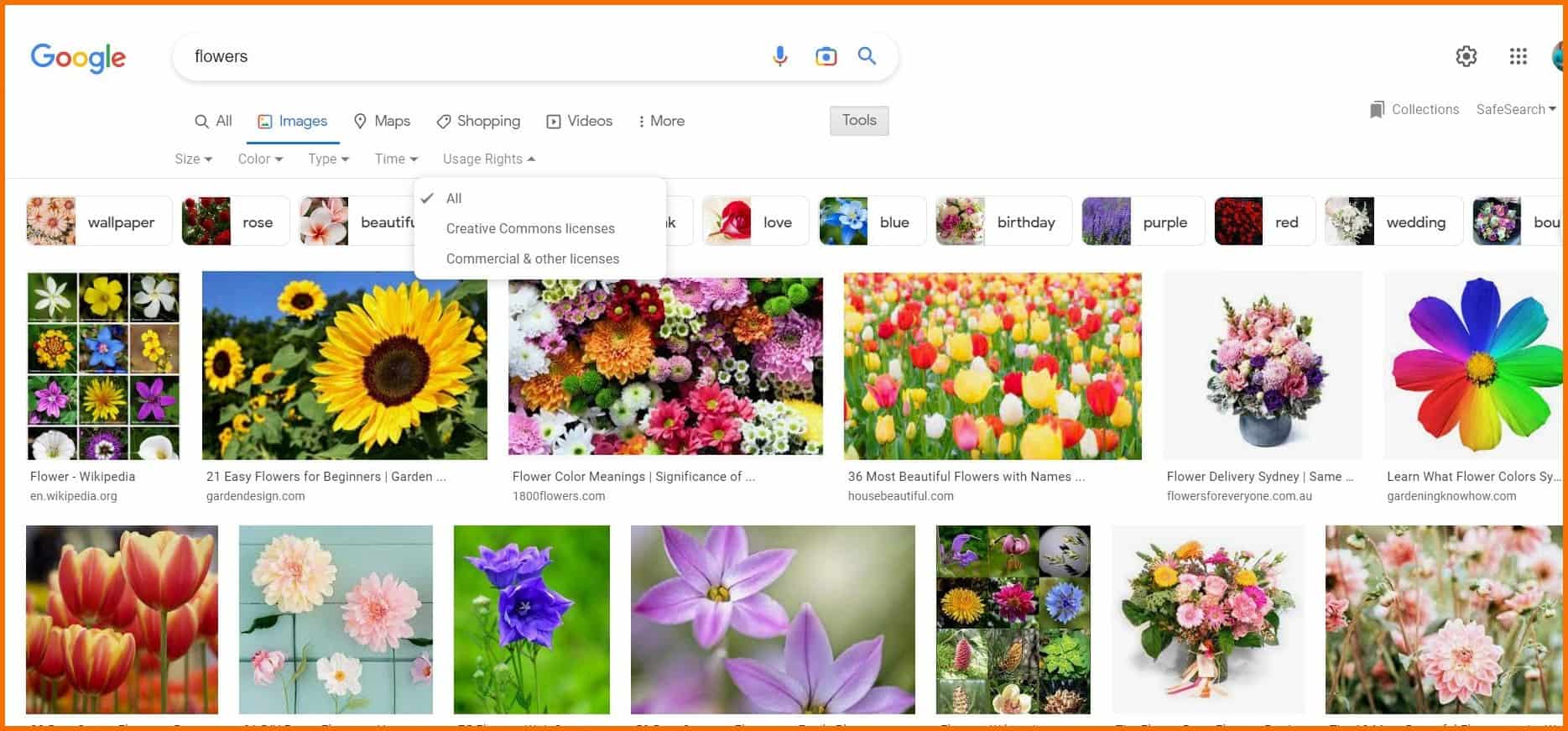Have you ever downloaded a stunning image from Shutterstock and wondered, “Do I need to give credit?” Properly crediting Shutterstock photos is more than just a courtesy — it’s often a legal requirement. When you use images from
Why Proper Photo Attribution is Important
Giving credit for photos isn’t just about following rules; it’s about respecting the creators behind the images. When you accurately attribute Shutterstock photos, you acknowledge the effort, talent, and rights of the photographers and Shutterstock as a platform. Proper attribution:
- Ensures Legal Compliance: Many Shutterstock licenses require attribution, especially for free or editorial use. Failing to credit properly can lead to legal issues, fines, or takedown notices.
- Respects Creators’ Work: Photographers invest time and skill into their images. Crediting them recognizes their contribution and encourages continued creativity.
- Builds Trust and Credibility: Giving proper attribution shows your professionalism and respect for intellectual property, which is especially important for businesses and content creators.
- Enhances Transparency: When you clearly state where your images come from, your audience appreciates your honesty and integrity.
It might seem like a small step, but proper attribution can make a big difference in maintaining good relationships with content creators and avoiding potential legal headaches. Plus, it’s just the right thing to do—giving credit where credit is due helps foster a fair and respectful creative community. So, next time you use a Shutterstock photo, take a moment to give it the recognition it deserves!
Step-by-Step Guide to Crediting Shutterstock Photos Correctly
Crediting a photo from Shutterstock might seem straightforward, but doing it correctly is key to respecting copyright laws and giving proper acknowledgment. Here’s a simple, step-by-step guide to help you through the process:
- Identify the Photo Details: First, locate the necessary information about the photo. This includes the photographer’s name (if available), the Shutterstock image ID, and any specific licensing details related to your usage.
- Check Shutterstock’s Licensing Terms: Understand whether you’re using a standard or enhanced license, as this can influence how you should credit the image. Usually, standard licenses don’t require a formal credit, but it’s always safer to provide one when possible.
- Determine the Credit Format: Shutterstock recommends a specific format for attribution. Typically, it looks like this: “Photo by [Photographer’s Name] / Shutterstock”. If the photographer’s name isn’t available, use the Shutterstock name or ID.
- Insert the Credit Line: Place the credit line near the photo, in a caption, footer, or a visible location depending on your platform. For websites, a caption below the image or a small note at the bottom works well.
- Be Consistent: Use the same format across all images to maintain professionalism and clarity. Consistency also helps your audience know that you respect copyright and licensing agreements.
- Review and Confirm: Before publishing, double-check the photo details and credit line for accuracy. Mistakes can lead to licensing issues or copyright claims.
Remember, the goal is to give clear and proper attribution, which shows respect for the creator’s work and keeps you compliant with licensing agreements. When in doubt, providing a credit is always a good practice—even if it’s not explicitly required by Shutterstock for standard licenses.
Examples of Proper Shutterstock Photo Credit Lines
To make things easier, here are some examples of how you can properly credit Shutterstock photos in different contexts:
Example 1: Basic Credit Line for a Website Photo
“Photo by Jane Doe / Shutterstock”
Example 2: Credit Line with Photographer’s Name and ID
“Image by John Smith / Shutterstock, ID 123456789”
Example 3: Credit Line in a Blog Post or Article
When mentioning a photo within text, you might write:
“The stunning landscape was captured by Emily Chen (Shutterstock).
Example 4: Caption for a Photo on Social Media
“Beautiful sunset over the mountains. Photo by Alex Johnson / Shutterstock”
Example 5: When Photographer’s Name is Unknown
If the photographer isn’t listed, you can credit it as:
“Photo from Shutterstock”
Quick Tips:
- Always verify the attribution details before publishing.
- Place the credit close to the image for clarity.
- Use consistent formatting across all your content.
Properly crediting Shutterstock photos not only keeps you on the right side of licensing laws but also respects the hard work of photographers worldwide. A little effort goes a long way in building credibility and maintaining ethical standards in your content creation.
Common Mistakes to Avoid When Crediting Shutterstock Images
When it comes to using Shutterstock images, giving proper credit might seem straightforward at first glance, but it’s easy to slip up if you’re not careful. Let’s talk about some common mistakes people make—and how to avoid them so you stay on the right side of copyright and licensing rules.
Mistake 1: Forgetting to credit at all
One of the biggest errors is simply not providing any credit when it’s required. Some users assume that a license means they can use the image freely without attribution—this isn’t always the case. Always check the license type; if it’s a standard license that requires attribution, skipping this step can get you into trouble.
Mistake 2: Incorrect attribution format
Using the wrong wording or placement can also be a problem. For example, some people write “Photo by Shutterstock” when the license specifies a specific format, like:
- Image by [Photographer Name] via Shutterstock
- Photo by [Photographer Name] / Shutterstock
Always double-check the exact attribution requirements to ensure you’re complying with the license terms.
Mistake 3: Using images beyond license scope
Another common mistake is trying to stretch the license to cover uses it doesn’t include. Standard Shutterstock licenses typically have limits—like no use in merchandise, or for sensitive subjects—so make sure your intended use is covered before proceeding.
Mistake 4: Licensing the wrong image
Sometimes, users think they’re licensed for one image but end up using a different one. Always verify the image ID and license details before publishing. This helps avoid accidental misuse.
Mistake 5: Not keeping records of licenses and credits
Lastly, failing to keep documentation can cause headaches later. Save screenshots or copies of the license agreement and the credit you provided. That way, if you’re ever questioned, you’ve got proof of proper usage.
Additional Tips for Using Shutterstock Photos Legally and Ethically
Using Shutterstock images responsibly isn’t just about avoiding legal trouble; it’s also about respecting creators and maintaining your integrity as a content creator. Here are some helpful tips to keep your use of Shutterstock photos both legal and ethical:
- Always read the license terms thoroughly: Before downloading and using an image, take a moment to understand what’s permitted under the license. Some images might require attribution, while others might have restrictions on commercial use.
- Use the correct attribution format: Follow the license’s instructions precisely. If it says, “Credit as [Name] via Shutterstock,” do so exactly. Proper attribution not only respects the creator but also keeps you compliant.
- Maintain good records: Save copies of license agreements, download receipts, and the attribution text you plan to use. This documentation can be invaluable if questions about your usage arise later.
- Respect image restrictions: Some images are not suitable for certain uses—like images depicting sensitive subjects or individuals without model releases. Always check for any restrictions or notes from Shutterstock about the image.
- Be cautious with modifications: If you edit or modify an image, ensure that your changes don’t infringe on the original license terms. Some licenses limit the extent to which you can alter images.
- Give credit where it’s due, even if not required: While not always mandatory, providing attribution whenever possible is a good practice—it shows respect for the creator and enhances your credibility.
- Stay updated on licensing policies: Shutterstock’s licensing terms can change. Make it a habit to review their policies periodically so your usage remains compliant.
By following these tips, you’re not only protecting yourself legally but also supporting the talented photographers and artists who contribute their work to platforms like Shutterstock. Ethical use of stock images fosters a respectful creative community and ensures you can continue to access high-quality visuals without worries.
Conclusion and Final Recommendations for Photo Attribution
Properly crediting a photo from Shutterstock is essential to respect intellectual property rights and adhere to licensing agreements. Always review the specific attribution requirements provided with the image, as they can vary depending on the license type. When in doubt, include the essential elements such as the photographer’s name, Shutterstock as the source, and the license type if applicable.
Here are some final recommendations to ensure accurate attribution:
- Check License Details: Confirm whether the image requires attribution and follow the specific guidelines provided.
- Include Necessary Information: Typically, this involves the photographer’s name, Shutterstock, and sometimes the license type or image ID.
- Use Clear and Visible Formatting: Place the attribution close to the image or within the caption for easy recognition.
- Maintain Consistency: Apply the same attribution format across all images to ensure professionalism.
- Keep Records: Save the licensing information and attribution details for future reference or verification.
Remember, proper attribution not only honors the creator’s rights but also enhances your credibility and professionalism. By following these best practices, you can confidently use Shutterstock images while respecting their licensing terms and supporting creators worldwide.



